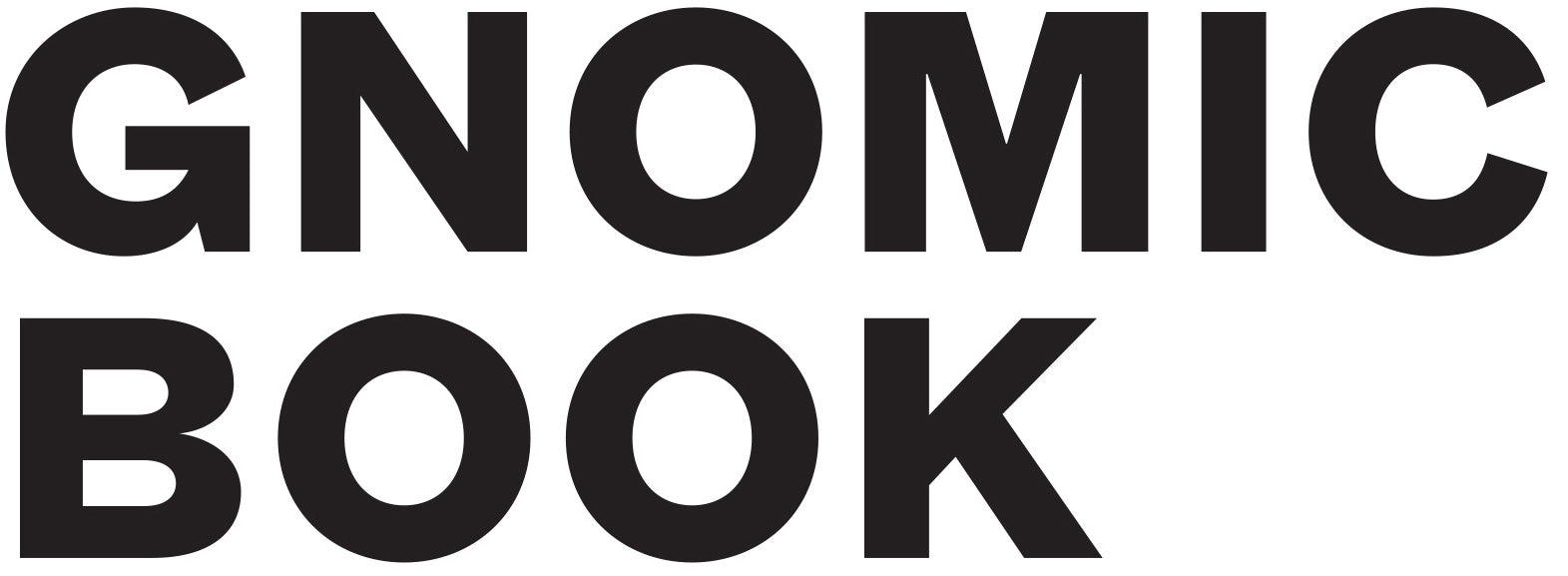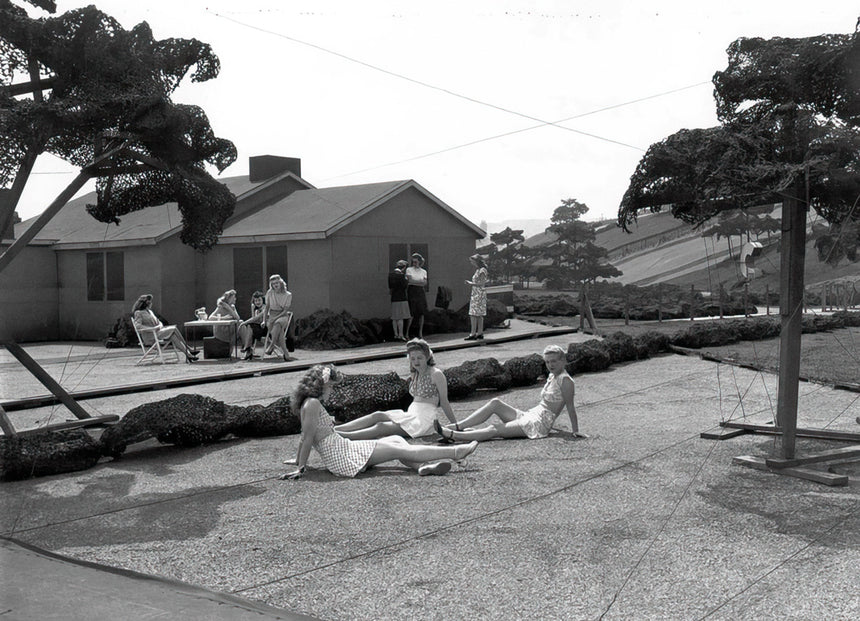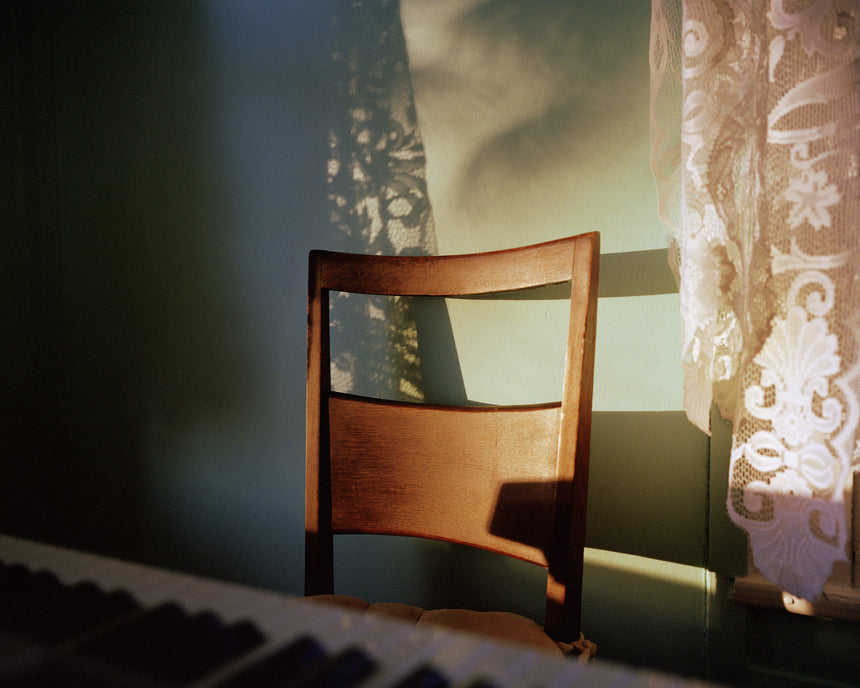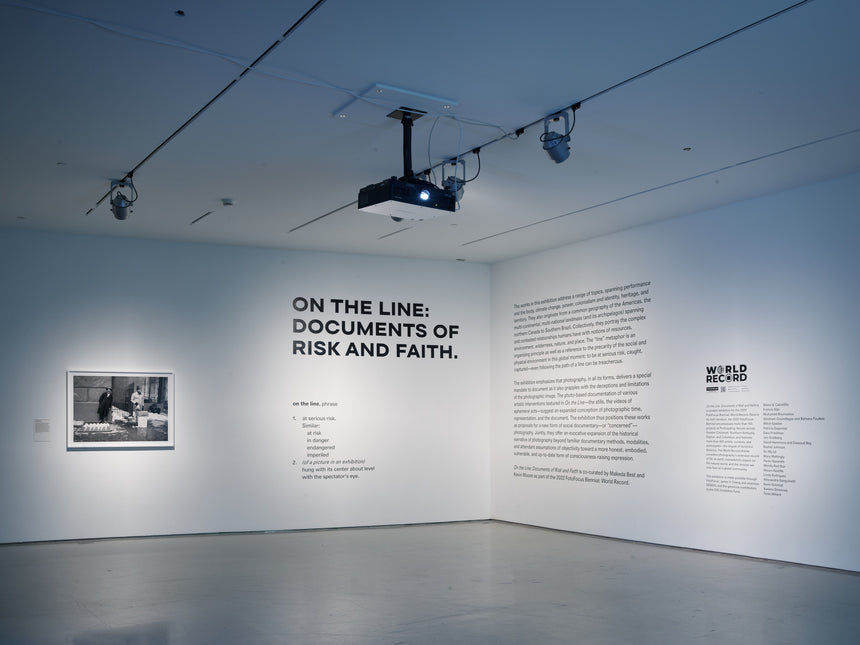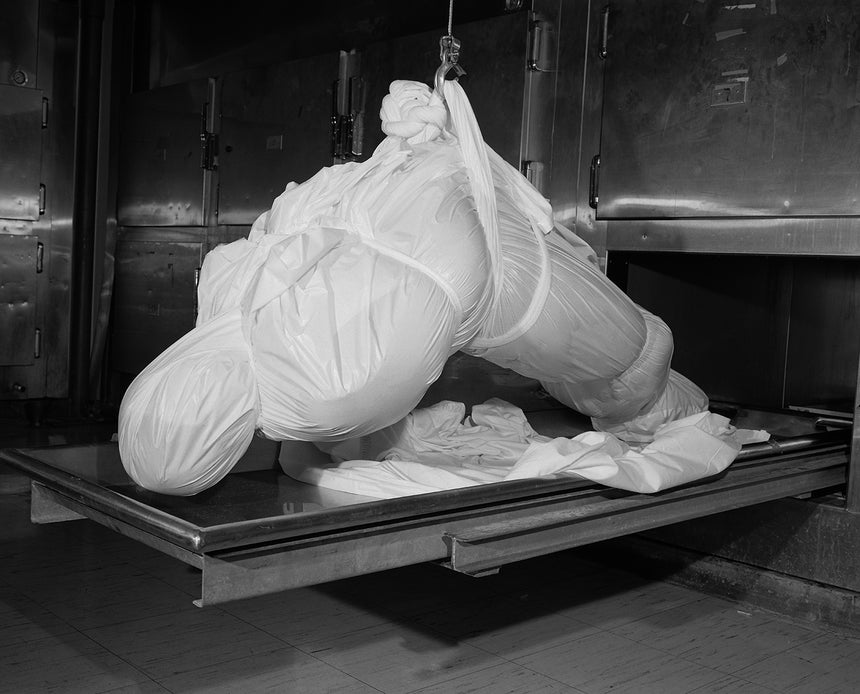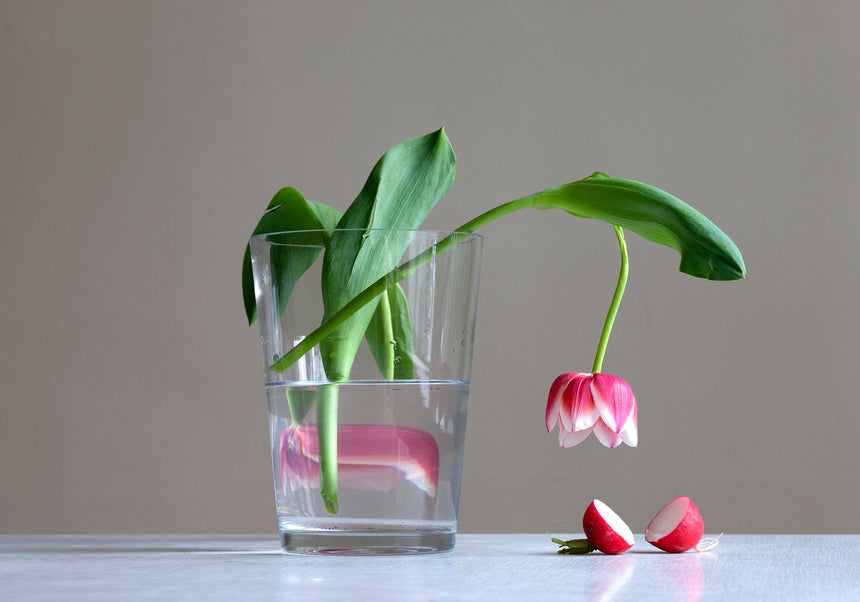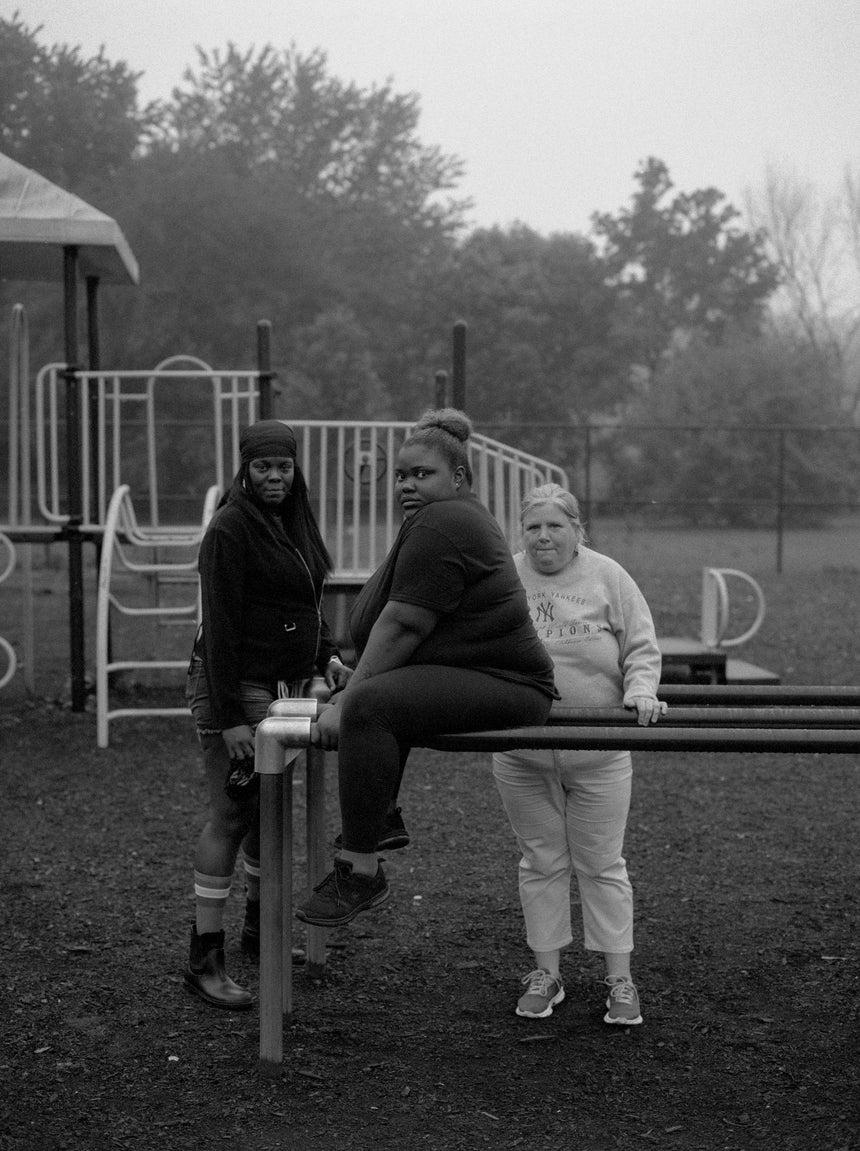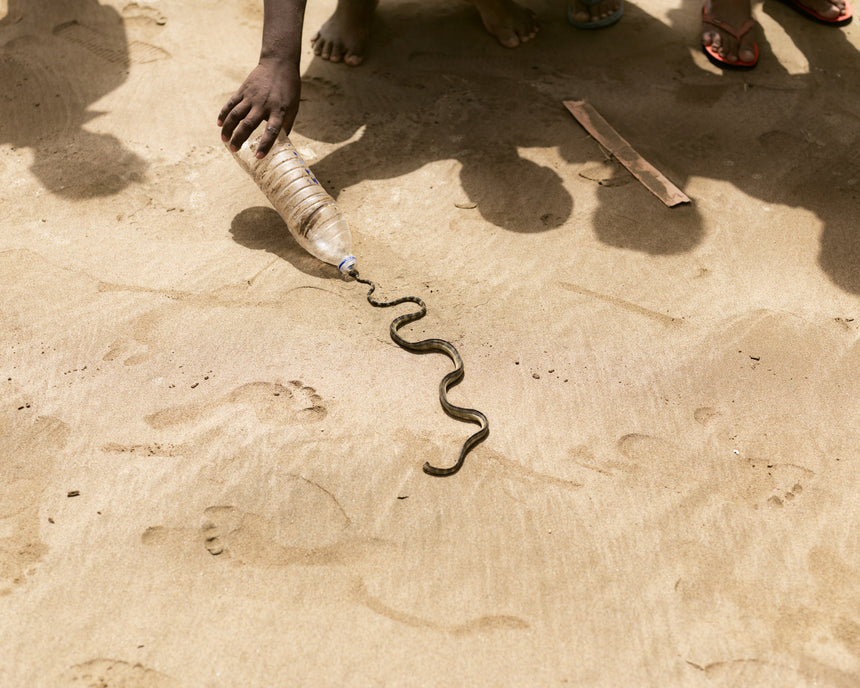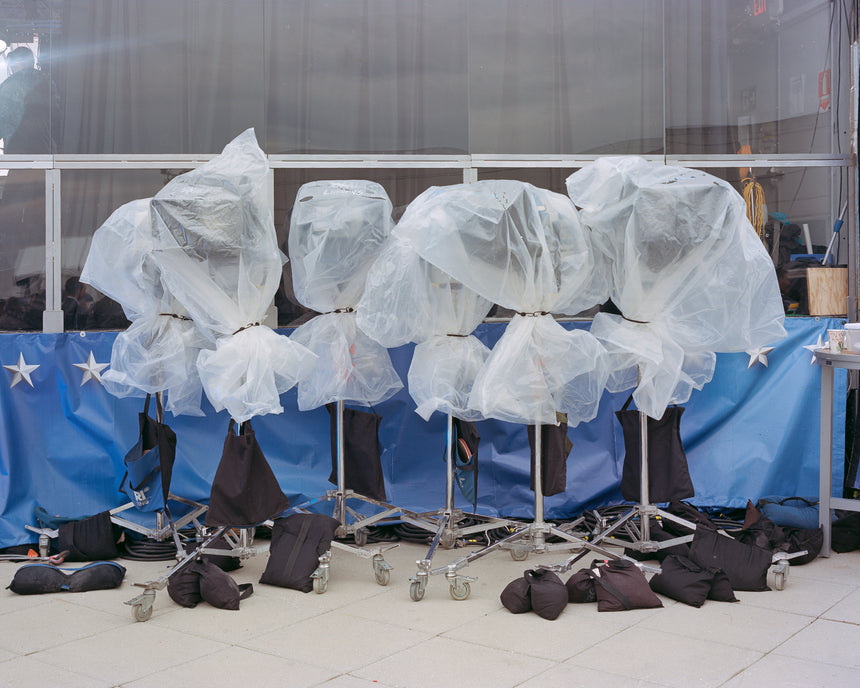by David Campany
Andrea Orejarena & Caleb Stein’s American Glitch so brims with its own inventive play and suggestive commentary on its motifs and methods, that it is probably best not to write about it directly. They have made a kind of essay in visual form, and I am thinking of the root of the word ‘essay’ in the French ‘essayer’: to test, to try out. Theirs is an act of creative and intellectual speculation, and as such, it invites something similar from us. So instead of any direct writing, it is the root of another word I would like to reflect upon here: glitch.
